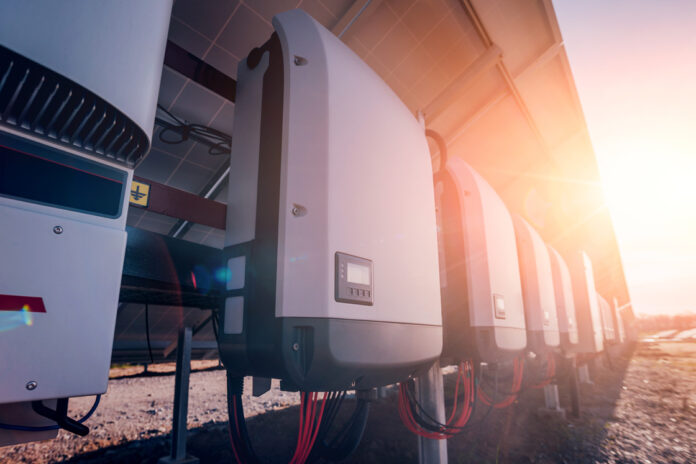A solar inverter is a device that converts the direct current coming from solar panels into alternating current, which we use to run the daily electrical types of equipment like a vacuum cleaner, TV, lights, ceiling fans, air conditioner, or heater. An inverter is obviously the main component of the solar power system we install at our houses. We can’t run all the devices on the Direct Current and it provides us the more usable energy that’s why we need an Inverter. It is also known as the solar system’s brain.
Types of Solar Inverters
You should but the type of Solar Inverter according to load and available space for a Solar System. Here we are about to discuss the solar models to assist you in understanding how do they work and to help you install the suitable solar inverter.
To comprehend the solar function, there are three basic models.
- Grid-Connected
- Off-Grid System
- Hybrid System
Grid-Connected Inverter
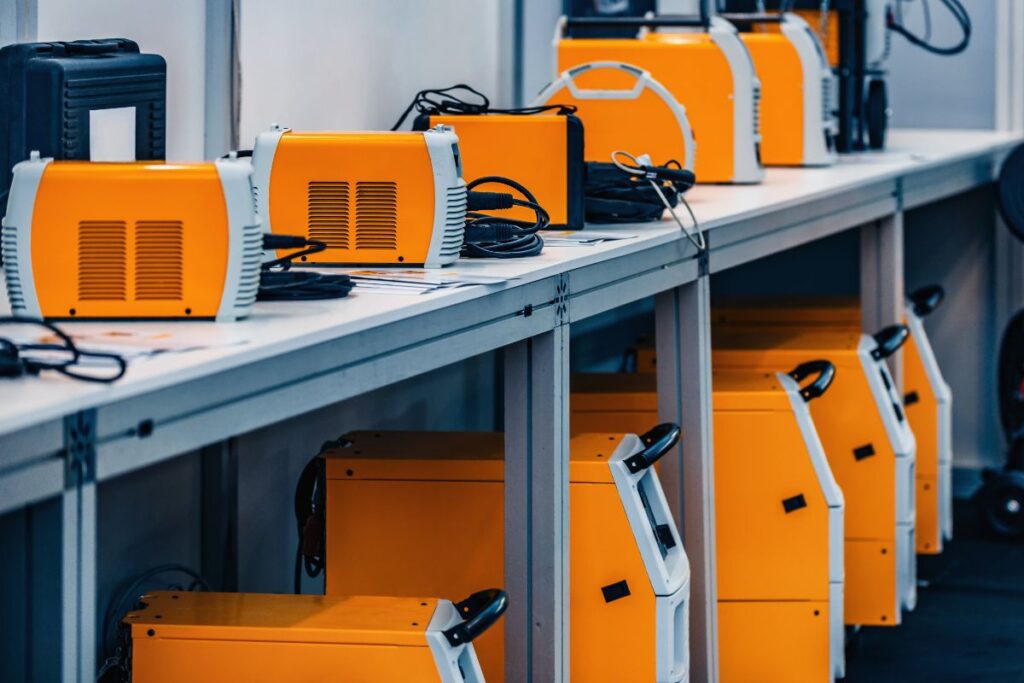
Solar inverters with an MPPT controller that are also connected to the national grid are known as on-grid inverters. The inverter can transfer extra electricity to the grid while simultaneously cutting off the solar system in the event of a power outage to prevent phase shifts and other safety problems.
An on-grid inverter, which reflects the energy supplier’s network based on production and consumption, effectively and intelligently manages the energy supplied by the panels and backup system.
Off-Grid Inverter
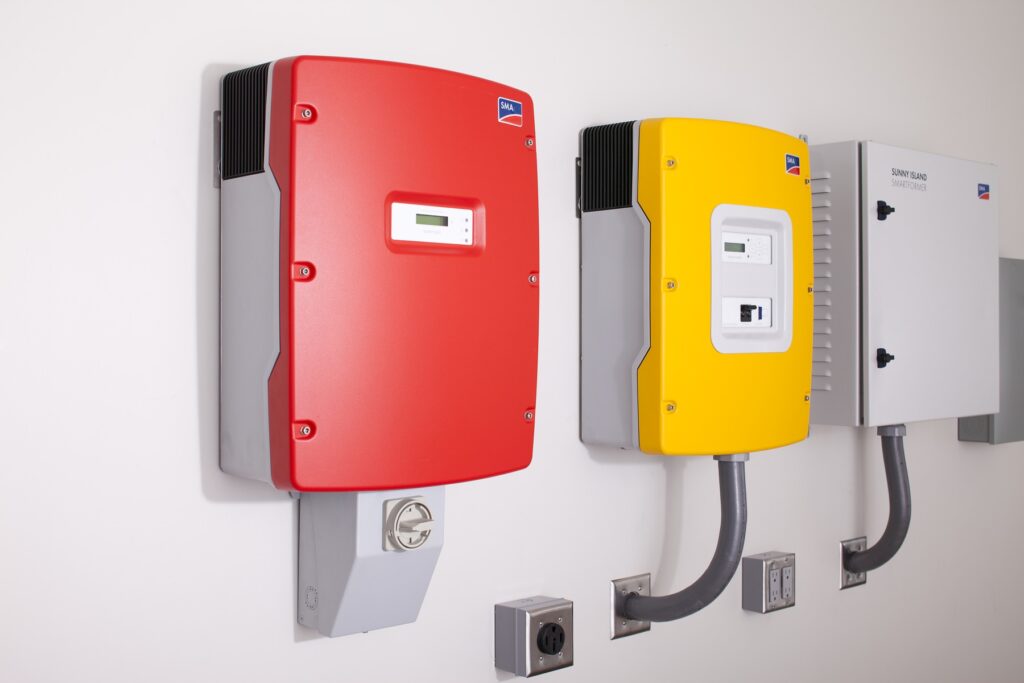
It’s designed to function on its own using off-grid solutions for residences in remote areas without access to electricity.
In a nutshell, a pure sine wave is a repeated oscillation that flows in uniform, arching waves and is closest to the current flow in a distribution network. In square and thick waves, the modified sine wave is sent to the house’s gadgets.
Pure sine wave inverters are suggested for household appliance safety and performance since the modified wave does not transport electric power as smoothly.
Hybrid Solar Inverter
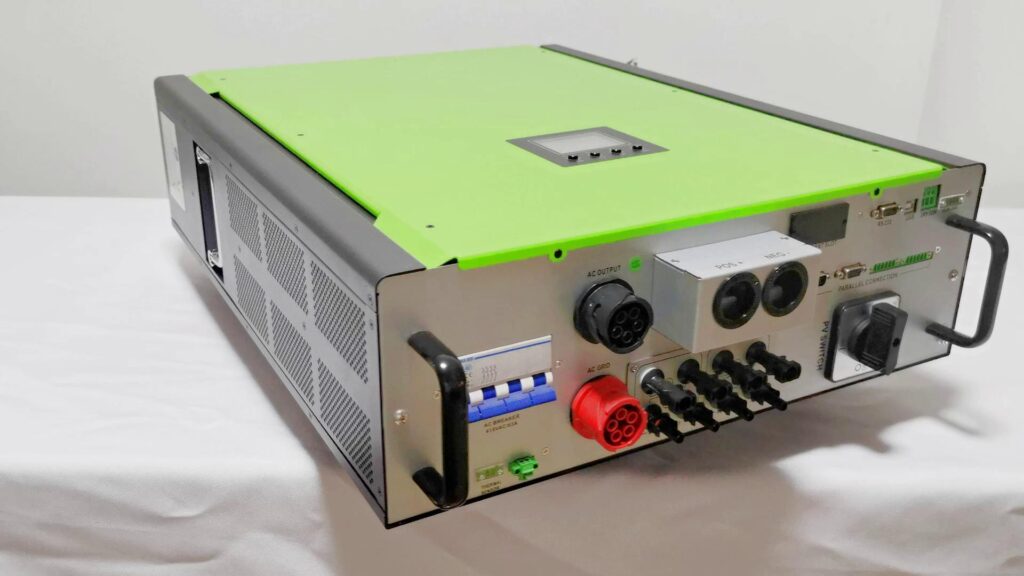
These inverters combine inverters and solar batteries into a single unit. Some hybrid inverters include both on-grid and off-grid functionalities. They may utilize the energy produced by the panels themselves, transfer it to the national grid, or store it in batteries for later use.
The Right Inverter for Your Home
If you’re considering purchasing a high-capacity inverter for a large home with an average power usage of 2,000 watts (2KW), keep the following considerations in mind. The main thing people look for is usually solar inverter prices in India and then select the best inverter they can afford at a reasonable price. The types should be PWM and MPPT. Capacity suitable for solar inverters is 1kW, 2.5kW, 3kW, 5kW, 7.5kW & 10kW. The battery recommended are 12V, 24V, 48V, 96V, 120V.
Characteristics of Solar Inverters
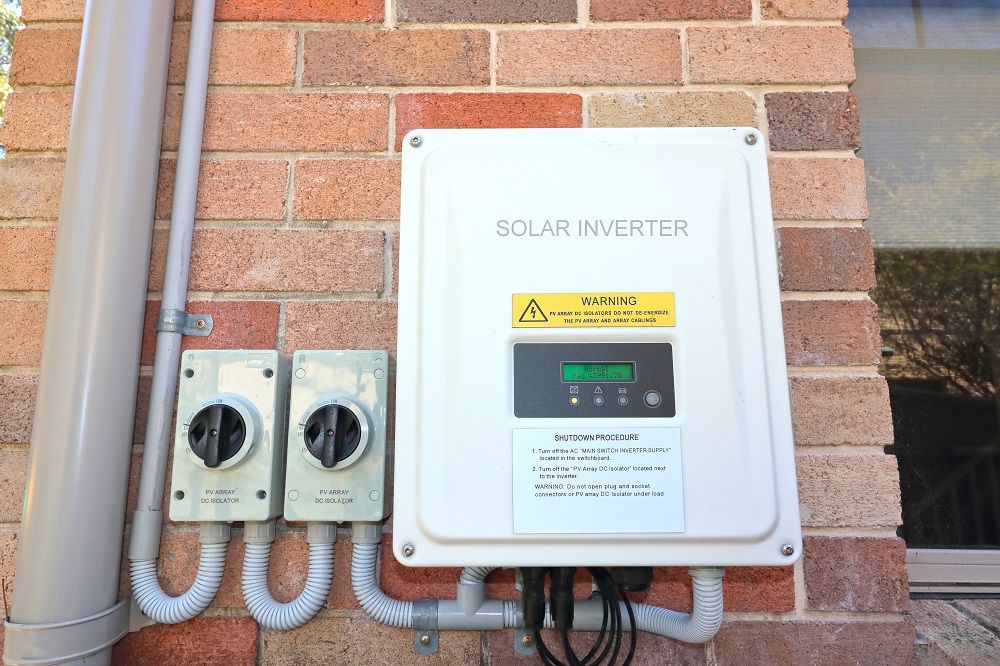
- MPPT – An MPPT inverter is typically a better choice than a PWM inverter since it charges the battery 30% quicker.
- LED signals to show whether the inverter is turned on, off, or in standby mode on the majority of inverters. At the same time, a digital display can provide information such as the quantity of energy created by the panels or the number of hours the solar system generates electricity.
An LCD display helps homeowners understand inverter performance, including real-time monitoring of power generation, consumption, battery charging status, and inverter failure causes. - The most recent trend is to eliminate the LCD, settings, and control from the program on your phone or laptop. Furthermore, most inverters have the capability of collecting data and promptly transmitting it to your computer for easier viewing.
- Cooling system- If the inverter is placed outside in the aforementioned scenario, the sun and the operating process may cause it to overheat. It becomes critical to have a well-designed, efficient cooling system.
If the inverter has Wi-Fi access, all of the features given by the LCD Display may be monitored, managed, and serviced online using the mobile app. - Bypass Switch- When an inverter fails, the power supply to the home is disturbed; however, a bypass switch allows homeowners to use electricity even when the inverter fails.
- MCB Protection: An MCB protects the inverter against high voltage and short circuit failures caused by grid electricity’s continual voltage changes and the possibility of a short circuit.
Solar Inverter Price in India 2024
A solar inverter accounts for about 25-30% of the total cost of a solar system. The top solar inverter costs in India are shown below. Depending on the technology utilized, such as whether it is off-grid, grid-tied, or Microinverter, the cost of a solar inverter can range from 6 INR to 20 INR per watt.
Inverter technology, efficiency, warranty duration, and brand quality are all aspects that impact solar inverter pricing.
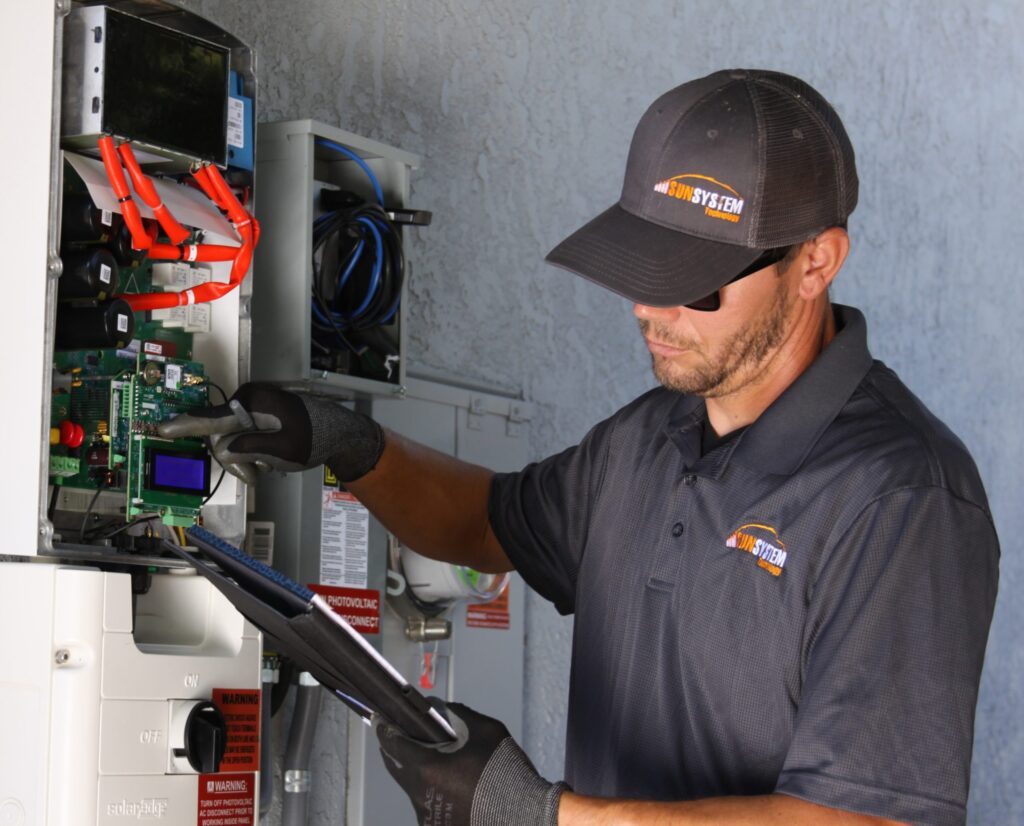
Efficiency, Maintenance, and Warranty
Because the solar inverter is an electronic component, it must be kept dry and dust-free. If there is a power fluctuation, a short circuit or the inverter fails, only the top manufacturers, can repair and service it. A variety of factors impact the inverter’s longevity, one of which is the solar battery. As a result, choosing the right battery is crucial. The capacity of a solar battery is measured in amperes per hour (Ah), which is a unit of measurement for how long a battery can power home items.
Off-grid inverters have efficiencies of 80 to 87 percent, whereas grid-connected inverters have efficiencies above 97 percent. Off-grid inverters are only protected for 1-2 years in India, but grid-tied inverters are covered for up to 5 years.
The market is swamped with alternatives when it comes to choosing the right product for your needs, which can make it tough. Loom Solar hopes that by using the information on this page, you will be able to make a better-informed decision on which inverter is best for your solar panel system. And for more information, you can visit the their website where you can buy the best solar products including the most efficient solar panels, solar inverters, and solar batteries.

